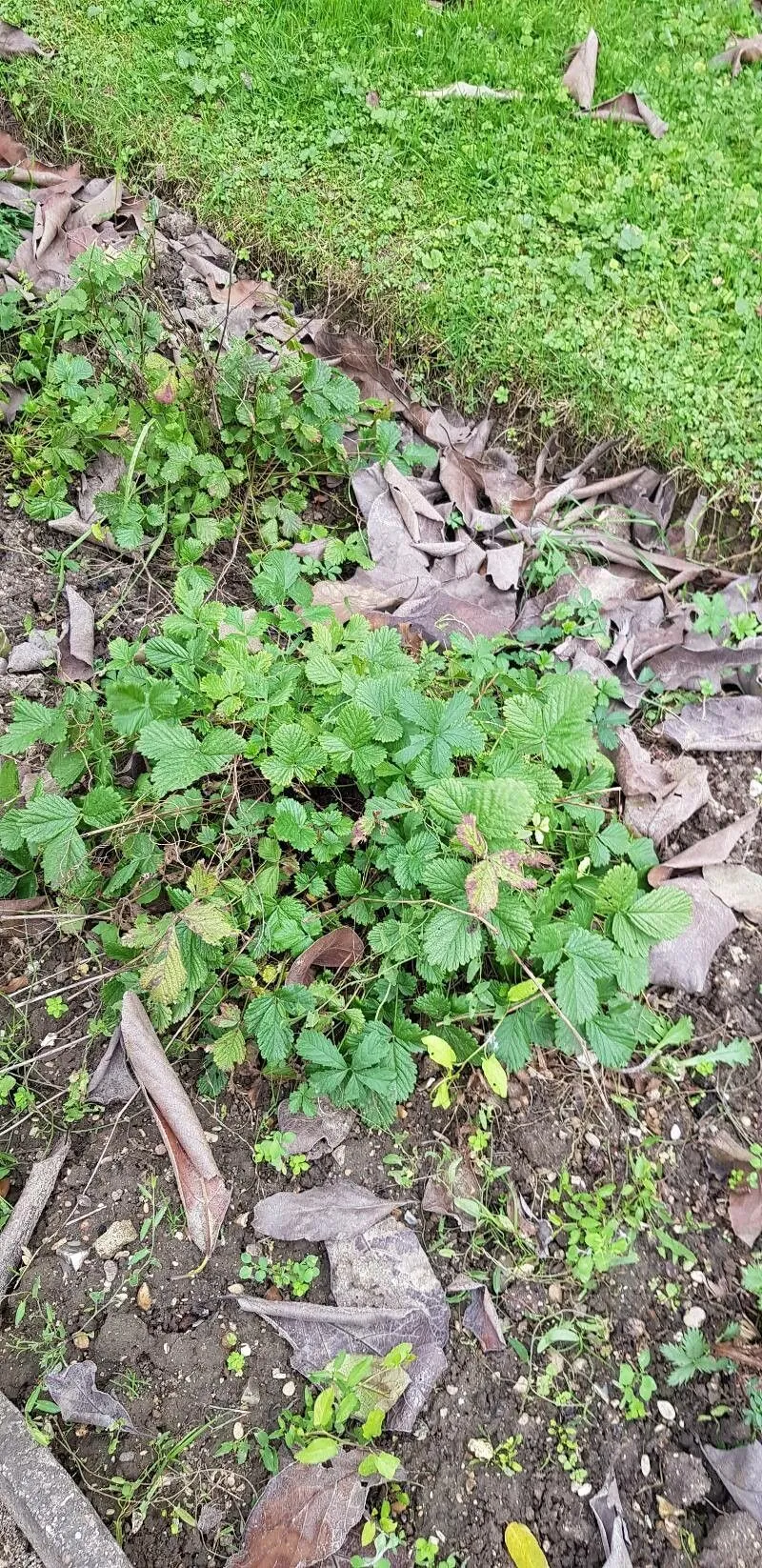
Author: (L.) Soják
Bibliography: Cas. Nár. Muz., Rada Prír. 154: 118 (1985 publ. 1989)
Year: 1989
Status: accepted
Rank: species
Genus: Drymocallis
Vegetable: False
Observations: Europe to SW. Siberia and Caucasus, Morocco
Siberian-tea, scientifically known as Drymocallis rupestris, is an intriguing species belonging to the Rosaceae family. This perennial herb is noted for its wide geographical distribution, spanning from Europe all the way to southwestern Siberia and the Caucasus, and even extending as far as Morocco. Such a broad range indicates the plant’s adaptability to various climatic and geographical conditions.
Originally documented in the Cas. Nár. Muz., Rada Prír. in the mid-1980s but published in 1989, Siberian-tea owes its formal botanical name to the author (L.) Soják. The extensive documentation highlights not only the plant’s botanical characteristics but also its ecological significance.
Siberian-tea is distinguished by its sturdy appearance and resilience, which allows it to thrive in rocky habitats and mountainous terrains. This characteristic is often reflected in its common name, which evokes a sense of robustness and endurance despite harsh conditions.
The presence of Drymocallis rupestris in such diverse regions suggests that the plant has evolved various mechanisms to cope with different environmental factors. In Europe and the Caucasus, the plant might be found in more temperate climates, while in southwestern Siberia and Morocco, it could be exposed to more extreme conditions, from cold, dry winters to hot, arid summers.
As a member of the Rosaceae family, Siberian-tea shares commonalities with other well-known plants in this group, such as roses, strawberries, and raspberries. This connection hints at potential medicinal and ecological uses, although specific applications might vary based on local traditional knowledge and practices.
In summary, Drymocallis rupestris, or Siberian-tea, is a versatile and resilient plant with a significant range across various regions. Its detailed study and documentation reflect the rich biodiversity it represents and its potential importance in various ecological systems.
Deu: felsen-fingerkraut, steinfingerkraut
Eng: siberian-tea, prairie-tea, rock cinquefoil
Swe: trollsmultron
En: Siberian-tea, Prairie-tea, Rock cinquefoil
De: Felsen-Fingerkraut, Steinfingerkraut
Sv: Trollsmultron
Taken May 1, 2022 by Alain Lagrave (cc-by-sa)
Taken May 12, 2007 by Martin Bishop (cc-by-sa)
Taken May 19, 2020 by Carlos Villasante (cc-by-sa)
Taken Jul 11, 2016 by Miguel A. C. (cc-by-sa)
Taken Oct 24, 2022 by Tristan Jaton-Maria (cc-by-sa)
© copyright of the Board of Trustees of the Royal Botanic Gardens, Kew.
© copyright of the Board of Trustees of the Royal Botanic Gardens, Kew.
© copyright of the Board of Trustees of the Royal Botanic Gardens, Kew.
Taken Jun 14, 2021 by Fitzharaldo (cc-by-sa)
Taken Aug 2, 2022 by Kamthenlal Dimngel (cc-by-sa)
Taken May 23, 2021 by Heribert Hjiakynimaochin (cc-by-sa)
Taken Oct 24, 2022 by Tristan Jaton-Maria (cc-by-sa)
Taken Oct 24, 2022 by Tristan Jaton-Maria (cc-by-sa)
Taken Jul 4, 2021 by David Fernandez bautista (cc-by-sa)
Taken Jun 3, 2021 by Sanz Arranz (cc-by-sa)
Taken Aug 12, 2021 by Janine Stelter (cc-by-sa)
Taken Oct 21, 2021 by I D L E C L O U D (cc-by-sa)
Taken May 24, 2020 by Gilles Gamberi (cc-by-sa)
Family: Myrtaceae Author: (F.Muell.) K.D.Hill & L.A.S.Johnson Bibliography: Telopea 6: 402 (1995) Year: 1995 Status:…
Family: Rubiaceae Author: Pierre ex A.Froehner Bibliography: Notizbl. Bot. Gart. Berlin-Dahlem 1: 237 (1897) Year:…
Family: Sapindaceae Author: Koidz. Bibliography: J. Coll. Sci. Imp. Univ. Tokyo 32(1): 38 (1911) Year:…
Family: Asteraceae Author: A.Gray Bibliography: Pacif. Railr. Rep.: 107 (1857) Year: 1857 Status: accepted Rank:…
Family: Fabaceae Author: Medik. Bibliography: Vorles. Churpfälz. Phys.-Ökon. Ges. 2: 398 (1787) Year: 1787 Status:…
Family: Aspleniaceae Author: (Cav.) Alston Bibliography: Bull. Misc. Inform. Kew 1932: 309 (1932) Year: 1932…